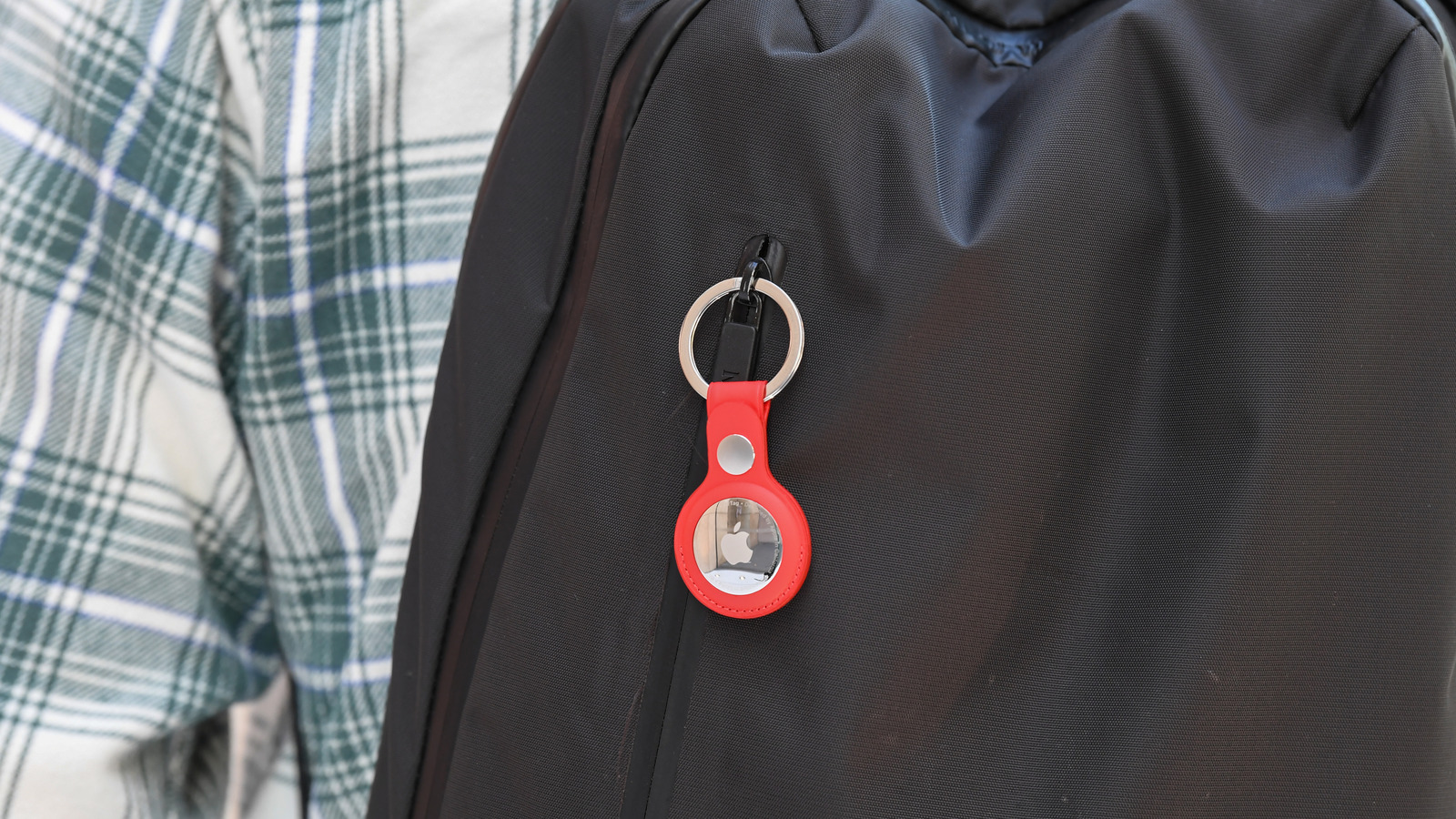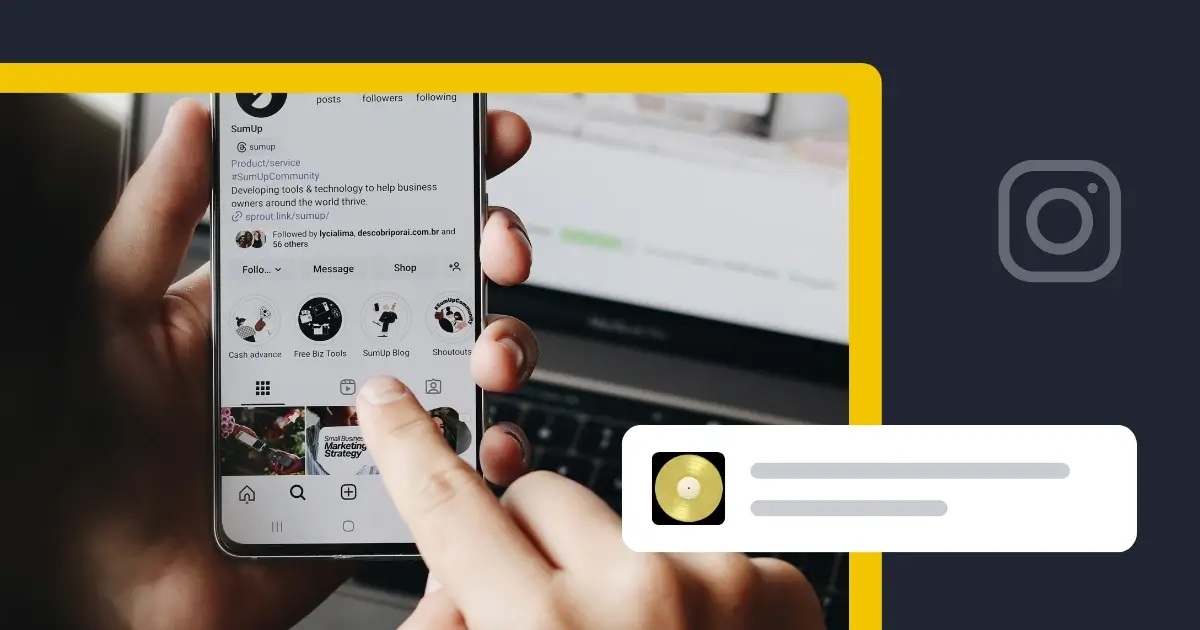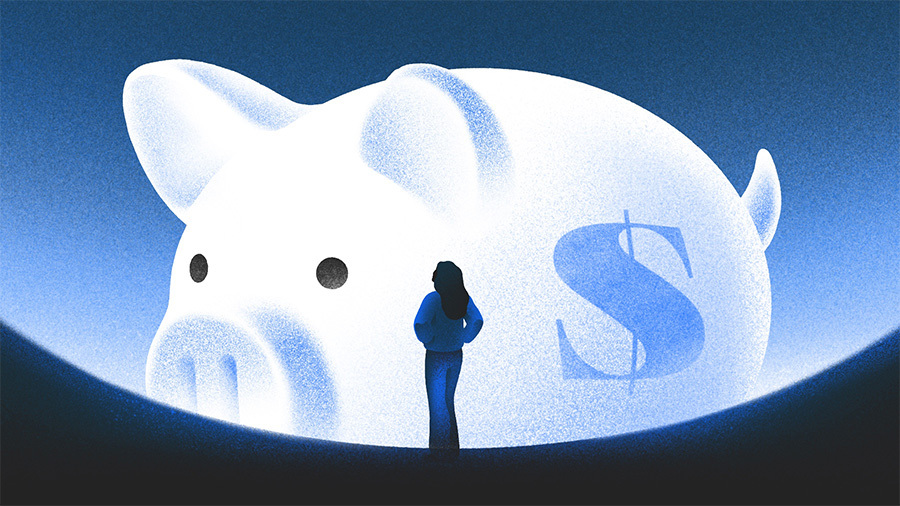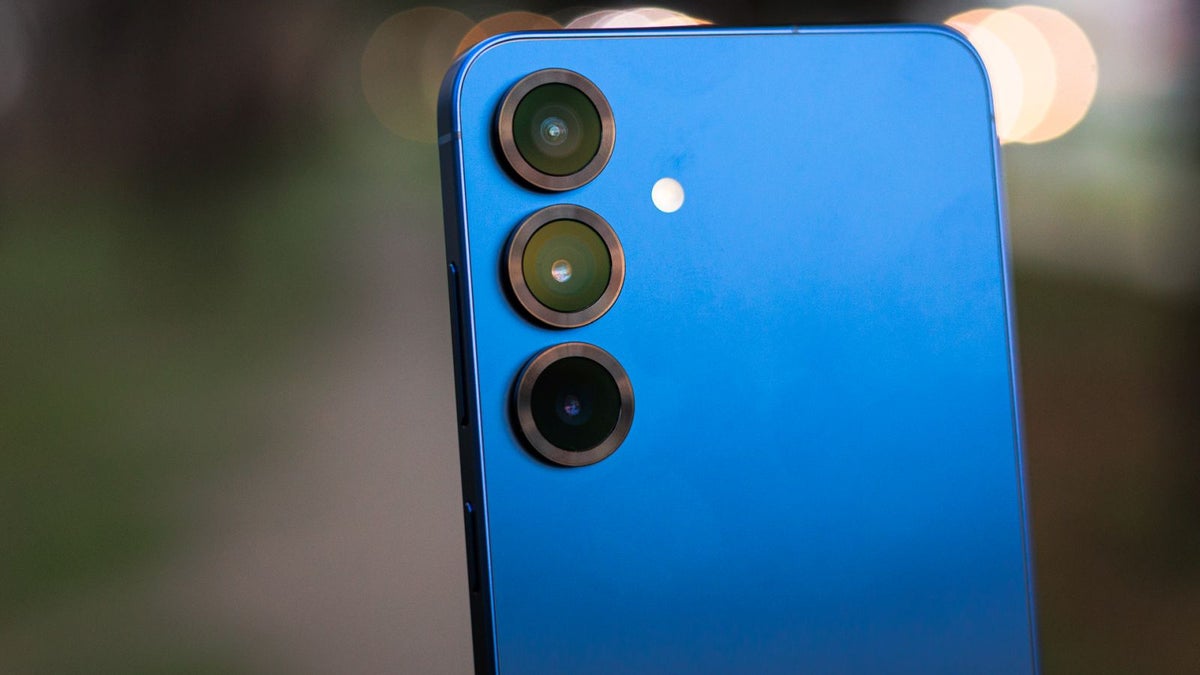YOUTUBE is working out whether you’re an adult or child based on the videos you watch.
It’s part of a new test that uses AI to verify the ages of users on the app.
2
The trial is only in the US for now, and only affects a small number of users.
But it could roll out more widely on the Google-owned video app if it’s successful.
It’ll work by scanning your activity on YouTube to see if you’re likely to be an adult or not.
“We will use AI to interpret a variety of signals that help us to determine whether a user is over or under 18,” said Google’s James Beser, who runs product management at YouTube.
Read more on verification
“These signals include the types of videos a user is searching for, the categories of videos they have watched, or the longevity of the account.”
If the system thinks that you’re an adult, nothing will change on your account.
But if YouTube thinks that you’re a teenager, it’ll automatically apply “age-appropriate experiences and protections”.
That means personalised advertising will be switched off on your account, and “digital wellbeing” tools will be activated.
It’ll also add safeguards to recommendations, which includes “limiting repetitive views of some kinds of content”.
And you’ll be unable to watch content that’s aimed at mature audiences.
If you think that you’ve been mistakenly flagged as an under 18, you can prove your age to YouTube.
“If the system incorrectly estimates a user to be under 18, they will have the option to verify that they are 18 or over, such as using a credit card or a government ID,” Beser said.
“We will only allow users who have been inferred or verified as over 18 to view age-restricted content that may be inappropriate for younger users.”
YouTube says that it’s only trying this out on a “small set of users”.

2
But it said it would closely monitor the feature “before we roll it out more widely”.
Google also confirmed that the user’s registered birthday doesn’t matter, as it’s too easily faked.
“This technology will allow us to infer a user’s age and then use that signal, regardless of the birthday in the account, to deliver our age-appropriate product experiences and protections,” Beser explained.
UK CRACKDOWN
It comes just weeks after the UK began cracking down on websites with adult content, forcing them to verify the age of users on their sites.
THE SHOCKING STATS
Latest figures show the scale of adult content consumption online…
Ofcom stats:
- Around 8% children aged 8-14 in the UK visited an online porn site or app in a month.
- 15% of 13–14-year-olds accessed online porn in a month.
- Boys aged 13-14 are the most likely to visit a porn service, significantly more than girls the same age (19% vs 11%).
- Our research tells us that around three in ten (29%) or 13.8m UK adults use porn online.
- Pornhub is the most used site in the UK – Ofcom research says 18% (8.4m) visited it in one month.
Children’s Commissioner stats:
Of the 64% who said that they had ever seen online pornography:
- The average age at which children first see pornography is 13. By age nine, 10% had seen pornography, 27% had seen it by age 11 and half of children who had seen pornography had seen it by age 13.
- We also find that young people are frequently exposed to violent pornography, depicting coercive, degrading or pain-inducing sex acts; 79% had encountered violent pornography before the age of 18.
- Pornography is not confined to dedicated adult sites. We found that Twitter was the online platform where young people were most likely to have seen pornography.
The UK crackdown affects any websites showing porn, or content that’s linked to self-harm, suicide, or eating disorders.
It even includes social media sites like Reddit or X.
“It’s really the rubber hitting the road,” Oliver Griffiths, group director for online safety at Ofcom, told The Sun last last month.
“The situation at the moment is often ridiculous because people just have to self-declare what their birthday is. That’s no check at all.”
In the UK, there are three ways that Brits are being asked to prove their age for adult websites.
One is scanning your face with a service like Yoti or Persona, which guesses your age based on your appearance.
Another is to link info that’s held on you from a bank or mobile phone company.
And the third is sharing an official document like a passport or driver’s licence.
YOUTUBE FOR KIDS
YouTube is a massive hit with youngsters.
Televisions are now the main way for people to watch YouTube in the US – and many of those viewers will be under 18.
YouTube has a dedicated Kids service with curated child-friendly content.
And earlier this year, YouTube’s CEO vowed to do more to protect children.
“We’re also laser focused on protecting our youngest users. That’s why we built YouTube Kids and rolled out supervised accounts,” said YouTube CEO Neal Mohan.
“That’s why we’ve invested in the learning and education experience: improving the way videos are shown in educational tools, making it easy to learn more about topics in a video and offering creators a way to produce courses.
“And that’s why we’ll use machine learning in 2025 to help us estimate a user’s age – distinguishing between younger viewers and adults – to help provide the best and most age appropriate experiences and protections.”
YouTube celebrated its 20th anniversary in April this year.











